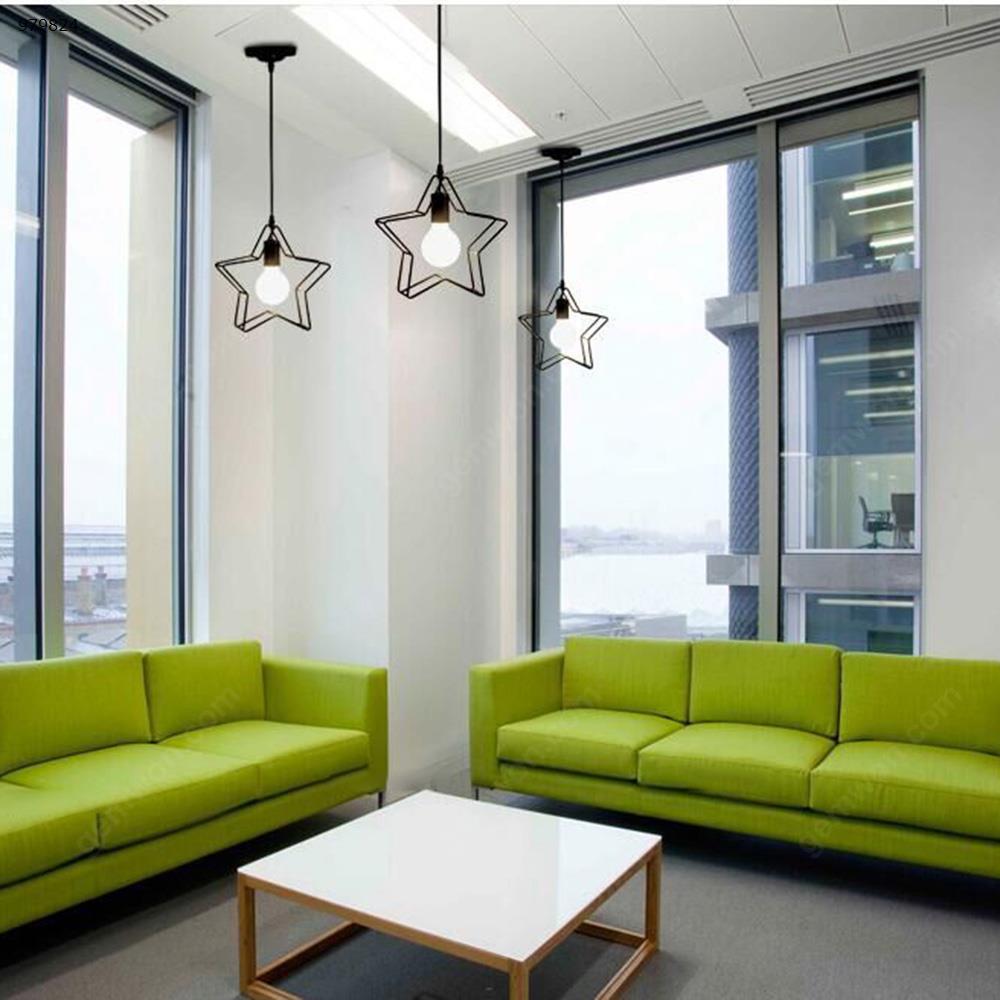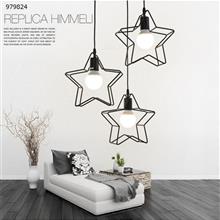How to choose interior lighting? Being free to do what you like at home is a way for many people to relax. Whether you are reading in the living room, cooking in the kitchen, or dining in the restaurant, you need different levels of lighting. However, the lighting effect must take into account the choice of space, in order to better play a substantial role. So what kind of lamps should I choose for each space? Let’s take a look at it with me~ Kitchen lighting options: The lamps used in the kitchen are usually waterproof, smokeproof and easy to clean. Generally, an embedded flat lamp is arranged above the console, and the embedded material is made of aluminum, so that the ceiling is simple, and the trouble caused by dust and oil is reduced. A range hood is generally arranged above the cooktop, and a hidden small incandescent lamp is arranged inside the hood for illumination of the cooktop. If the kitchen doubles as a dining room, a single-fire single-lift or single-layer multi-fork chandelier can be placed above the dining table. The light source should be a warm incandescent lamp, and it is not suitable to use a cool fluorescent lamp. Restaurant lighting choice: The focus of the family restaurant lighting decoration is of course the dining table. Lighting can generally be used to hang chandeliers. In order to achieve the effect, the chandelier can not be installed too high, on the horizon of the diners. For rectangular dining tables, two chandeliers or long oval chandeliers are installed. The chandeliers must have a light and dark adjuster and a lifting function to make it work for other purposes. The Chinese cuisine pays attention to color, fragrance, taste and shape, and often needs to be brighter. Warm colors, while enjoying Western food, if the light is slightly darker and softer, it can create a romantic atmosphere. There should be sufficient light on the ceiling and walls of the dining room, otherwise it will affect the appetite and can be supplemented by spotlights or wall lamps. Living room lighting options: the living room is generally a large and bright chandelier or ceiling lamp as the main light, with a variety of other auxiliary lighting, such as: wall lights, downlights, spotlights and so on. As far as the main lighting is concerned, if the living room is more than 3.5m in height, you can use a chandelier or ceiling lamp with a higher grade and a slightly larger size: if the floor height is about 3m, you should use a mid-range luxury chandelier: the height is For 2.5m or less, it is advisable to use a mid-range decorative ceiling lamp or no main lamp. Also use a separate table lamp or floor lamp on one end of the sofa to allow indirect lighting to scatter across the entire seating area for conversation or browsing. It is also possible to place a unique wall lamp in the appropriate position on the wall to make the wall shine. If there are murals, showcases, etc., you can set invisible spotlights to embellish. Putting a miniature low-light incandescent lamp next to the TV can reduce the contrast between light and dark in the hall, which helps to protect your eyesight. Bedroom lighting options: The bedroom is a room for rest and sleep, requiring better privacy. The light requirements are soft and should not be glaring to make it easier for people to go to sleep. Dressing and makeup requires even, bright light. The ceiling lamp with low light intensity can be selected as the basic lighting, and it can be placed in the middle of the ceiling; the wall lamp can be installed next to the wall and the vanity mirror; the bedside lamp is equipped with the bedside lamp. In addition to the common table lamp, the base is fixed on the bed board. The modern metal lamp with the angle of the lamp head is beautiful and practical. Study room lighting selection: The study environment should be elegant and quiet, simple and clear. It is best to illuminate the upper end of the left shoulder or install a bright, non-glare table lamp in front of the desk. For desk lamps in special study rooms, art desk lamps, such as rotating wall lamps or dimming art desk lamps, should be used to direct the light directly onto the desk. Generally, it is not necessary to use all of the light. For the convenience of retrieval, an invisible lamp can be placed on the bookcase. If it is a multi-purpose "study room", it is advisable to use semi-closed, opaque metal work lights to concentrate the light on the table, which not only meets the needs of the work plane, but also does not affect other activities in the room. If you are reading on a chair or on a sofa, it is best to use a floor lamp with adjustable direction and height. Publish on 07/12/2018 by yechao, 457 hits. |


